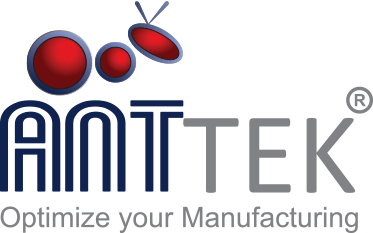Applications
Exporting Aluminum Profiles to the U.S.: Opportunities and Challenges
Aluminum profiles are crucial materials in construction and industrial applications, with wide-ranging uses from building and automotive industries to electronics. In recent years, exporting aluminum profiles to the U.S. has become a significant opportunity for manufacturers and exporters in Vietnam. However, entering the U.S. market is not straightforward and requires a deep understanding of market demands and standards.
Opportunities
Economic Growth and High Demand
The U.S. is one of the largest markets for aluminum profiles globally. Growth in construction and manufacturing sectors in the U.S. has created high demand for aluminum profiles. Notably, the construction industry in the U.S. is booming, with numerous infrastructure and residential projects requiring high-quality aluminum materials.
Trade Agreements and Tax Benefits
Trade agreements between Vietnam and the U.S., such as the Comprehensive and Progressive Agreement for Trans-Pacific Partnership (CPTPP), have expanded export opportunities. These agreements may provide tax benefits and facilitate the export process, making it easier to access the U.S. market.
Product Quality
The quality of Vietnamese aluminum profiles has been improving, with manufacturers focusing on advanced technology and international quality standards. This enhances the competitiveness of Vietnamese products in the U.S. market.
Challenges
Strict Standards and Regulations
The U.S. market has stringent requirements and regulations regarding product quality and safety. Aluminum profiles must meet standards related to size, durability, and other features. Exporters need to ensure their products fully comply with these regulations to avoid legal and tariff issues.
Shipping Costs and Tariffs
Shipping costs and tariffs can significantly impact product competitiveness. Fluctuations in shipping rates and changes in tariff policies can directly affect profitability and product pricing.
Intense Competition
The U.S. market is competitive, with not only domestic producers but also competitors from other countries. Exporters need effective marketing strategies and strong relationships with distribution partners to enhance their competitive edge.
Key Considerations When Exporting Aluminum Profiles to the U.S.
Compliance with Standards and Regulations
– Product standards: Aluminum profiles must meet U.S. quality and technical standards, such as ASTM (American Society for Testing and Materials). Ensure that your products are tested and certified according to these standards.
– Safety regulations: Ensure that your products comply with safety regulations from the U.S. Food and Drug Administration (FDA) and other relevant agencies if applicable.
Market Understanding
– Market research: Analyze the demand and trends in the U.S. market to identify specific needs and customer requirements. Understand the design, size, and other specifications for your products.
– Competition: Research competitors in the aluminum profile industry in the U.S. to identify their strengths and weaknesses. This will help you develop an effective market entry strategy.
Costs and Logistics
– Shipping costs: Accurately calculate shipping and logistics costs to ensure you can maintain competitive pricing. Consider different shipping methods and choose the most optimal option.
– Tariffs and import regulations: Understand tariff and import regulations. Trade agreements may impact the tariff rates applied to your products.
Documentation and Paperwork
– Export documentation: Ensure you prepare all necessary export documents, including commercial invoices, certificates of origin, and quality certifications. These documents must be accurate and complete to avoid legal issues and customs delays.
– Packaging: Ensure that products are packaged properly to protect them during transit and comply with U.S. market requirements.
Building Business Relationships
– Partners and agents: Establish relationships with distribution partners and agents in the U.S. to facilitate market entry and address any issues that arise during export.
– Customer Service: Providing excellent customer service and after-sales support can significantly impact maintaining long-term relationships with customers and partners.
Environmental Compliance
– Environmental standards: Ensure that your products and production processes meet U.S. environmental standards. Increasingly stringent environmental requirements can affect your market entry.
Exporting aluminum profiles to the U.S. presents many opportunities but also comes with challenges. To succeed, Vietnamese exporters need to understand market regulations and requirements, invest in product quality, and develop effective market strategies. With thorough preparation and the right strategies, Vietnamese aluminum profiles can capitalize on opportunities in the U.S. market and achieve success in the export sector.




